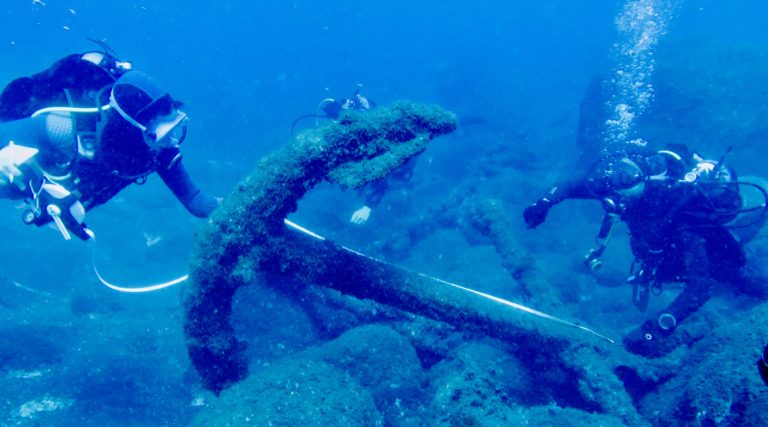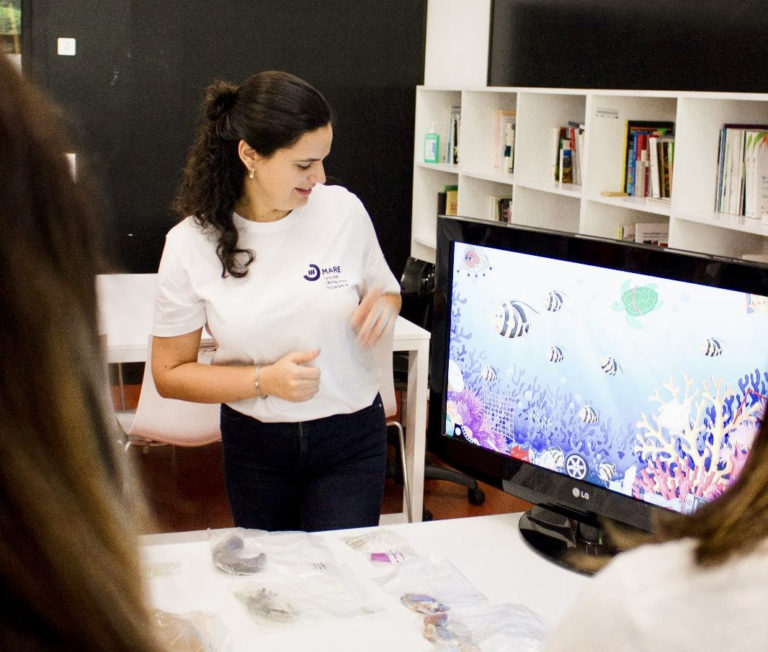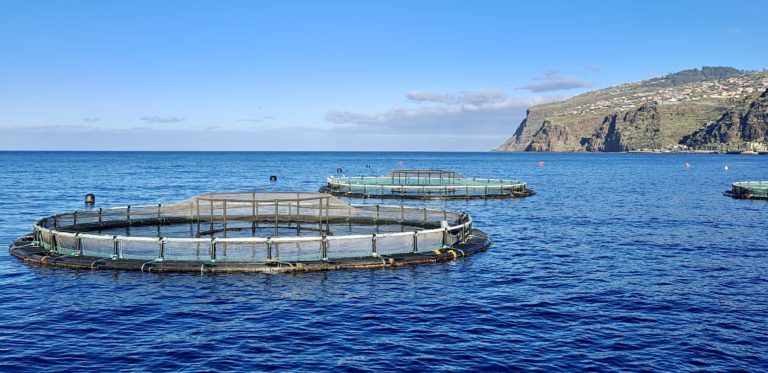Coastal development: in black and white
This article was originally posted in November 2023, but then website goblins ate it, so we’ve had to reinstate it.
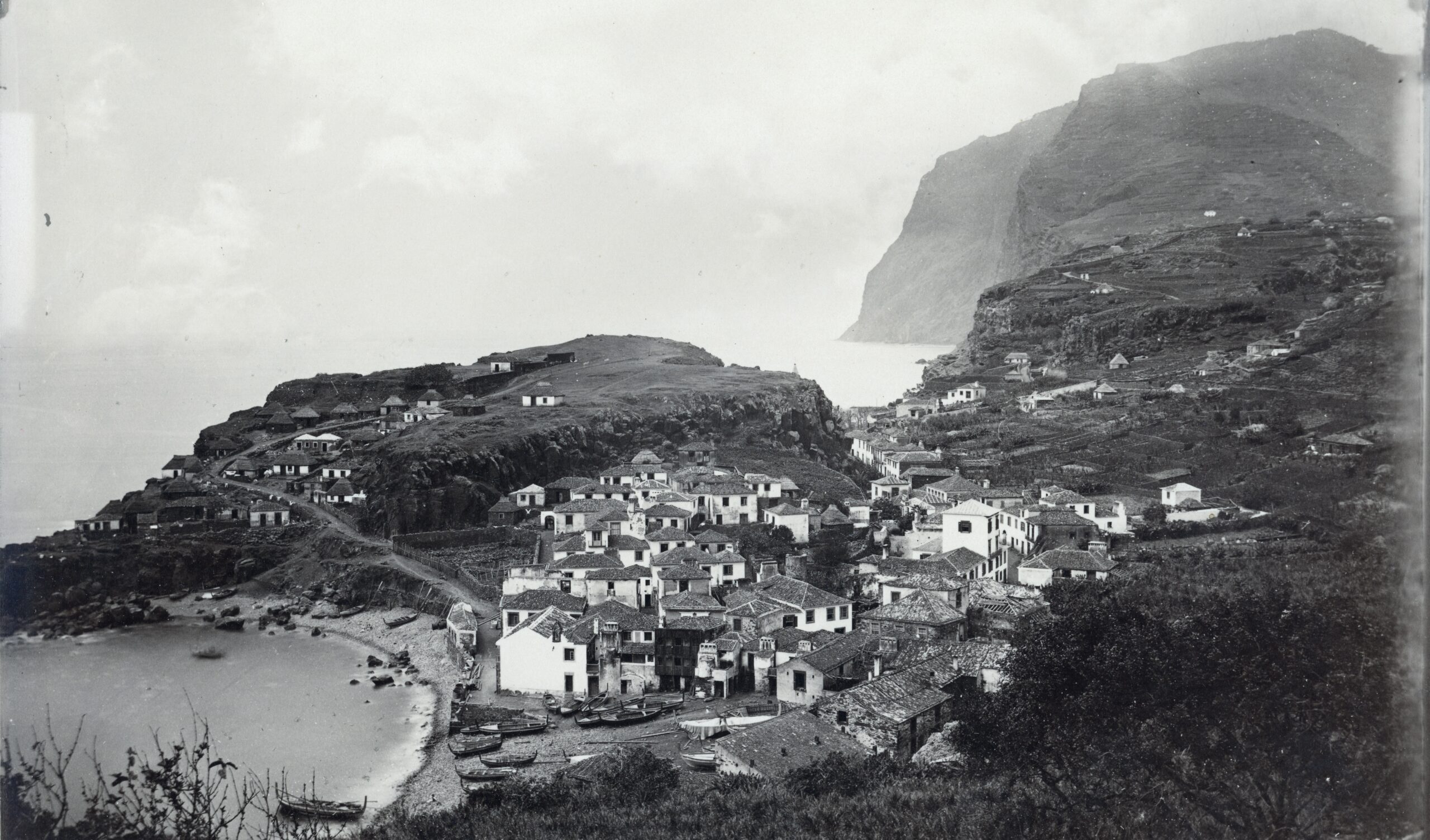
Camara de Lobos. Photo credit: Photography Museum of Madeira – Atelier Vicente’s
A museum of photography may not be where you’d expect to find a marine research intern…but that’s science for you — always taking you to unexpected places!
Mafalda Duarte has been doing an internship with us over the past few months and one of her projects has been to assess coastal development around Madeira over time. To do this, she’s been going to the Photography Museum of Madeira – Atelier Vicente’s – and going through their (immense!) archives of photos taken around Madeira over the last two centuries. Collecting all the museum’s digitalized photos that show the coastline and then cross-referencing them to the museum’s database, she’s been creating a catalog of coastline photos by date and location. “The next step will be to choose ten or fifteen photos, go to the places and reproduce the photos. Then we’ll train an AI program to identify what is constructed and what is natural.”
This is just the start of the project, and there’s a long way to go before we can create a reliable index of coastal development in Madeira. In time, we hope to use such an index to compare changes in environmental, ecological and biological factors around the island to the pace and magnitude of coastal development. It’s something of an experiment, as we’re not sure if this has been done before(!) but the project is already showing its value in visual impact.
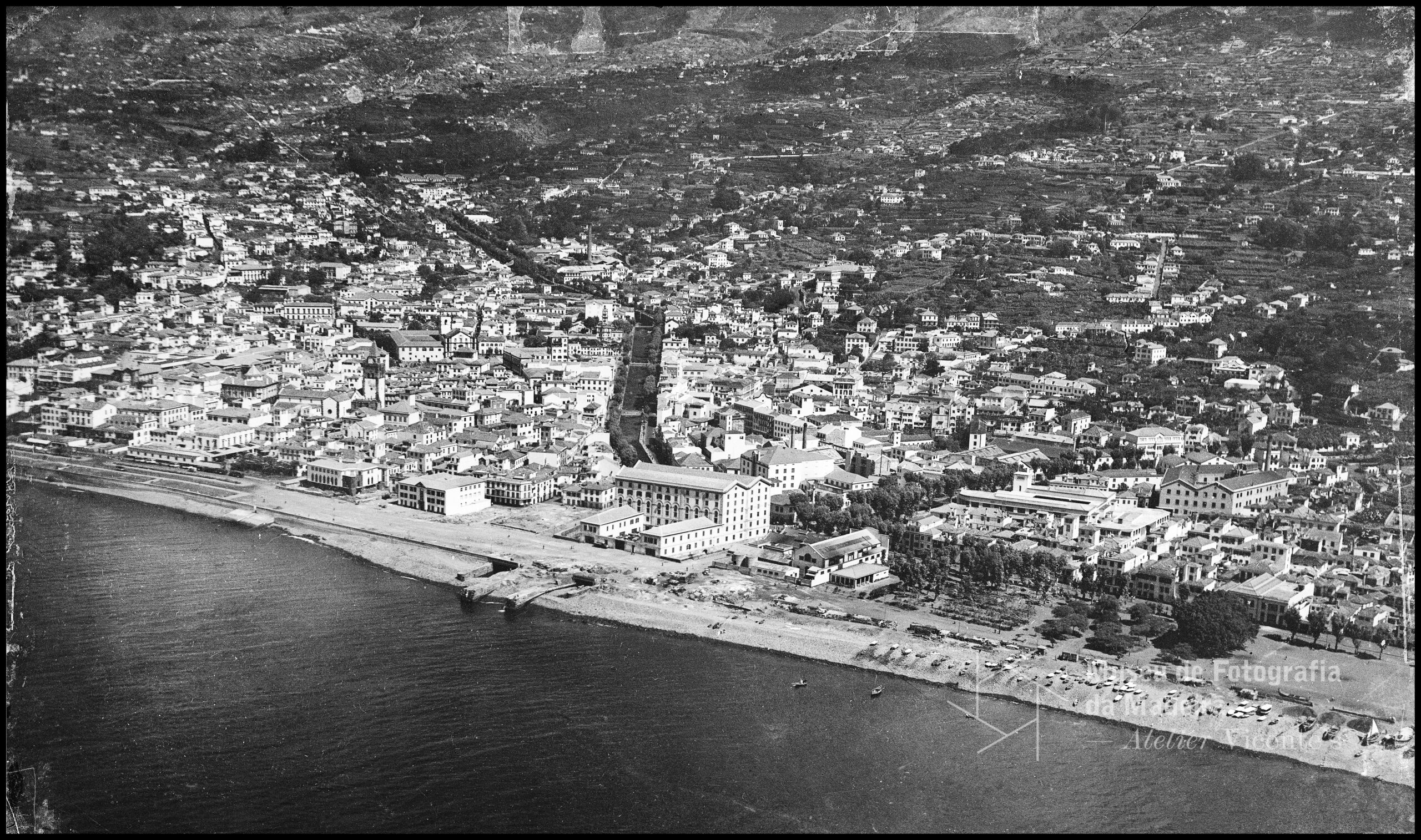
Funchal. Photo credit: Photography Museum of Madeira – Atelier Vicente’s
“Funchal is so, so different from one hundred or even fifty years ago,” Mafalda says, reflecting on the project and what’s been most striking. “You have crazy development — all up the mountains. And downtown Funchal, looking around now and then looking in the archive, it’s completely different.”
Earlier this year, Mafalda completed her Bachelor’s in Biology at the University of Coimbra. She reached out to us, looking for an internship that could give her a sense of what it’s really like to be a marine biologist. “I like marine biology as an area, but I didn’t know what I wanted to do — I wanted to explore some more before starting a Master’s.” Over the last three months, she’s been doing small projects with many of MARE-Madeira’s research groups — working with eels in freshwater, doing fieldwork with the whale team, doing lab work with UV filters, helping to identify plankton to improve computer-based identification, and discovering the miniature world atop biofouling plates. “I’ve never done anything like that before,” she says about the biofouling plates and identifying non-indigenous species with Patricio. “If I’d gone to the beach and seen those things, I would’ve thought they were algae or plants or eggs, but actually they’re animals!”
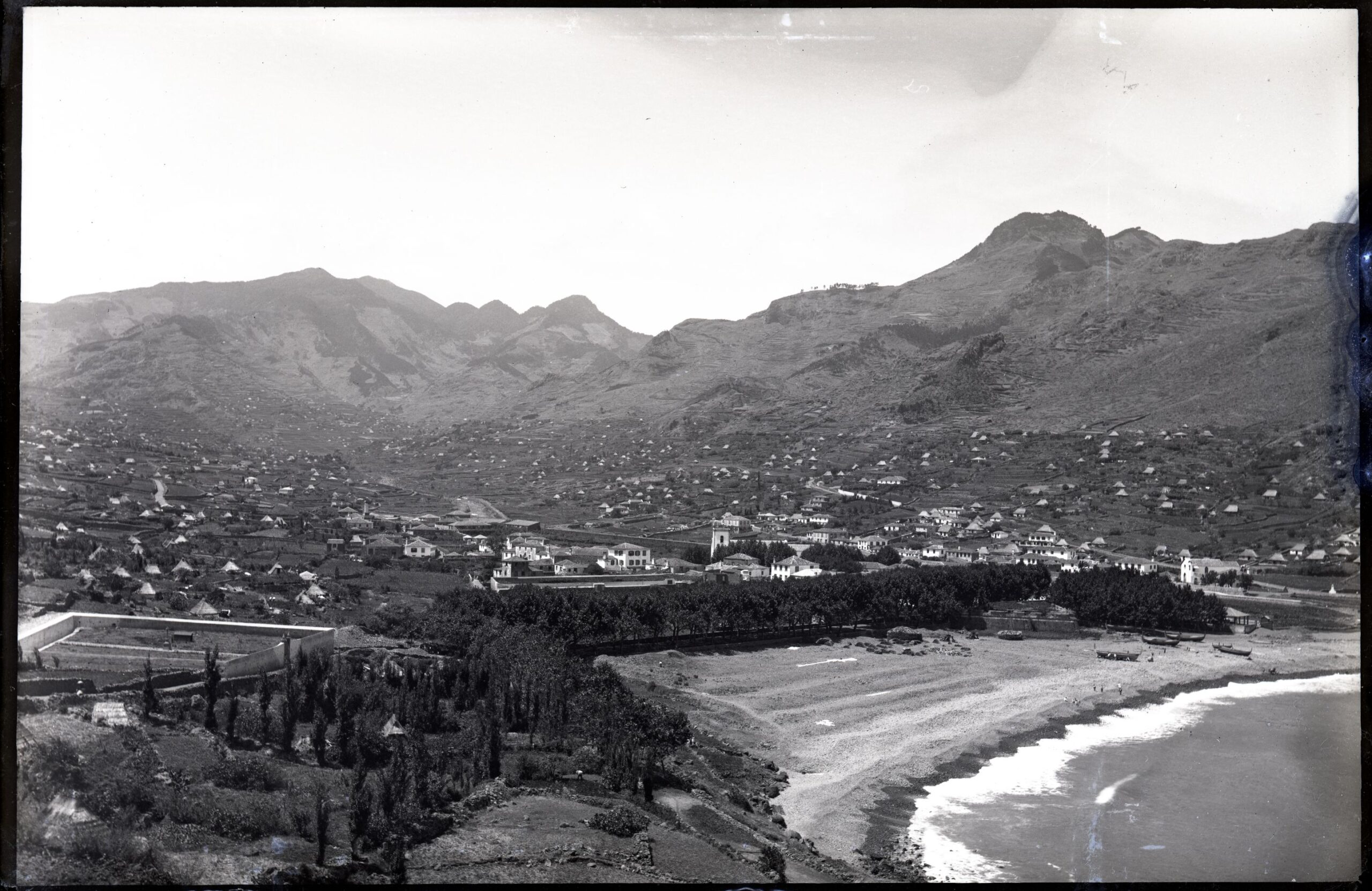
Machico. Photo credit: Photography Museum of Madeira – Atelier Vicente’s
It’s been a pleasure to have Mafalda on the team these months. It’s been pretty cool to see Madeira over time through the lens of old cameras, too. The difference between science and art isn’t black and white(!), and Mafalda’s project has been an eye-opener about the value of art in marine biology. We have an artist in residence whose work we’ll also be sharing soon, but for now, we’re glad Mafalda’s been able to explore both art and science to get a sense of the wide range of paths you can take within aquatic biology.
“This has been very helpful for me because thinking what to do next has been very hard for me — when we’re doing our bachelors, we learn the theoretical part and we do some practical classes, but you don’t really know what it’s like to work in these areas. It’s hard to know what you really want to do… This is what I needed to organize my mind and figure out my next step.”
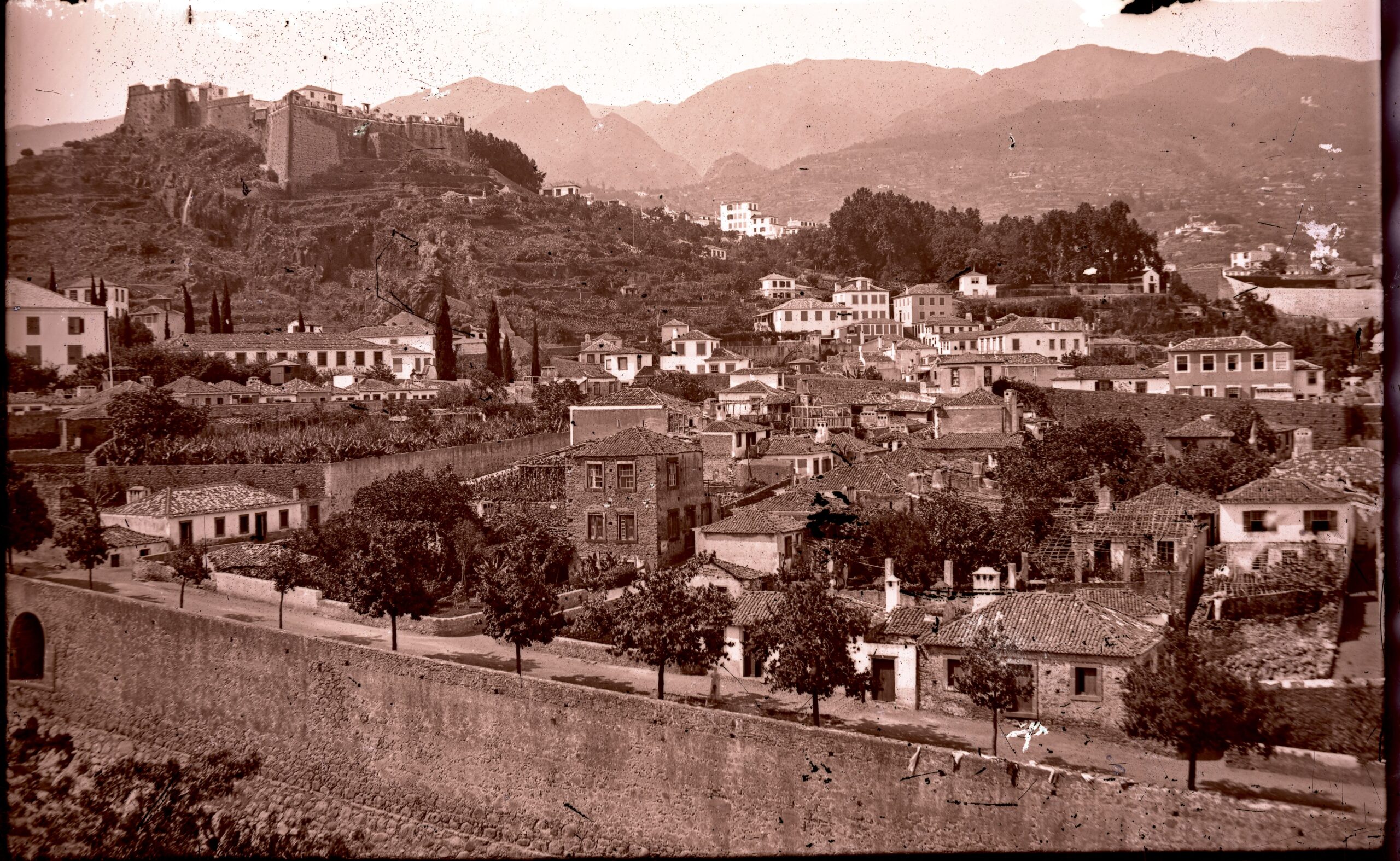
São Pedro, Funchal. Photo credit: Photography Museum of Madeira – Atelier Vicente’s
